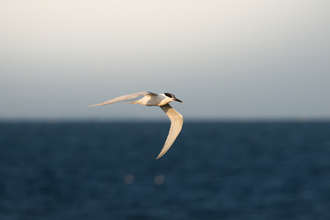
Sandwich terns of the Solent
During summer, Hampshire’s stunning coastline becomes a bustling hub for one of Britain’s most elegant seabirds - the sandwich tern (Sterna sandvicensis). This striking bird is a familiar visitor…

During summer, Hampshire’s stunning coastline becomes a bustling hub for one of Britain’s most elegant seabirds - the sandwich tern (Sterna sandvicensis). This striking bird is a familiar visitor…
By Ellie Parker, Marine Officer at Hampshire and Isle of Wight Wildlife Trust

If you venture out onto heathland at dusk this summer, you might hear a sound unlike any other: a long, continuous, mechanical-sounding reel that drifts through the twilight like a hidden engine…
As summer unfolds, Hampshire's meadows come alive with a tapestry of flora. Among these is the elusive Adder’s-tongue fern (Ophioglossum vulgatum), a plant that, despite its modest appearance…
At this time of year, the quiet grasslands of Hampshire and the Isle of Wight are hiding something remarkable - a moth that looks more like it belongs in a storybook than in the British…
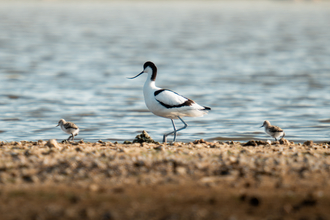
Each spring, the avocet, one of Britain’s most striking and scarce wading birds returns to Hampshire’s coastal wetlands. Elegant and unmistakable, with long bluish-grey legs and a graceful,…
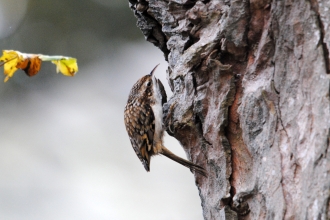
In the quiet woodlands, a small, elusive bird performs a daily vertical dance that often goes unnoticed. The treecreeper (Certhia familiaris) is a master of camouflage and an expert climber,…
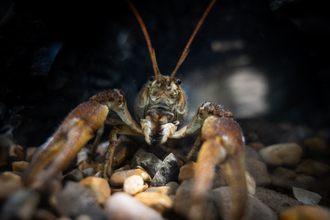
The white-clawed crayfish Austropotamobius pallipes is Britain’s only native crayfish. This small, olive-brown crustacean with pale undersides on its claws – hence its name – once thrived in the…
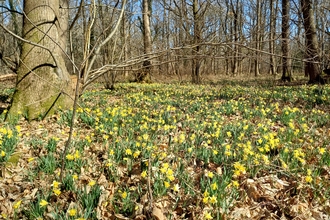
For the majority of January and February the wet winter continued and paths and tracks around the site were very muddy contributing to a significant reduction in visitor numbers.
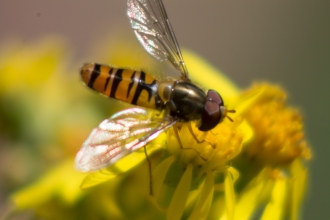
The marmalade hoverfly (Episyrphus balteatus) is one of the most common and recognisable hoverflies in Britain.